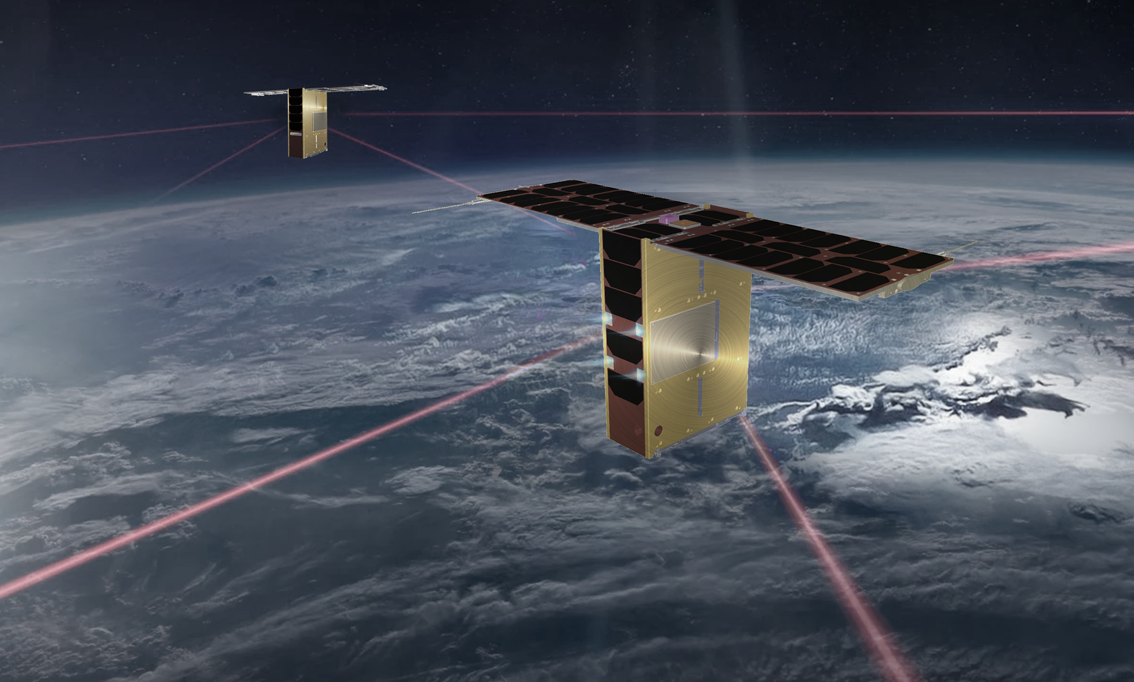In the New Space era, humans will expand the scope of CubeSat application with the advantages such as low cost, fast manufacture, and easy application of advanced technology. Cubesats maximize their application with the operation in the form of a satellite constellation. This page introduces the future space technologies that we will encounter using SNIPE formation flying technology.
1. Monitoring Temporal Variation
Since satellites move rapidly in orbit, most of the satellite images taken by low-earth-orbit satellites so far have been still images. However, if satellites are arranged in a row and the images are acquired sequentially while moving, the temporal change of a specific area can be observed. These images will be useful in various fields such as disaster response, tracking the location of moving objects such as aircraft and ships, and weather change monitoring.

2. Wield Field Image
Large areas cannot be viewed simultaneously with high-resolution satellite images. This is why it takes several months to obtain an image of the entire Korean Peninsula. However, if the satellites are arranged and moved in parallel, the effect of simultaneously shooting a large area with multiple cameras can be obtained. The images acquired can be used to identify damage in disaster areas such as forest fires, floods, and earthquakes, monitor pollution and fine dust, and design city construction.

3. Space Internet
In the future, an era of space internet where you can access the internet from anywhere will come. Due to the lack of air in space, laser signals can be transmitted over long distances without fiber optic cables. Using this principle is Starlink, initiated by Elon Musk. To use space optical communication, a technology to place a satellite in a pre-designed precision orbit is required. Starlink can be classified as a small class satellite weighing about 250 kg, and the mass of each satellite is expected to continue to decline in the future. SNIPE formation flying technology, which controls the satellite's orbit, will be the starting point for space Internet technology.





